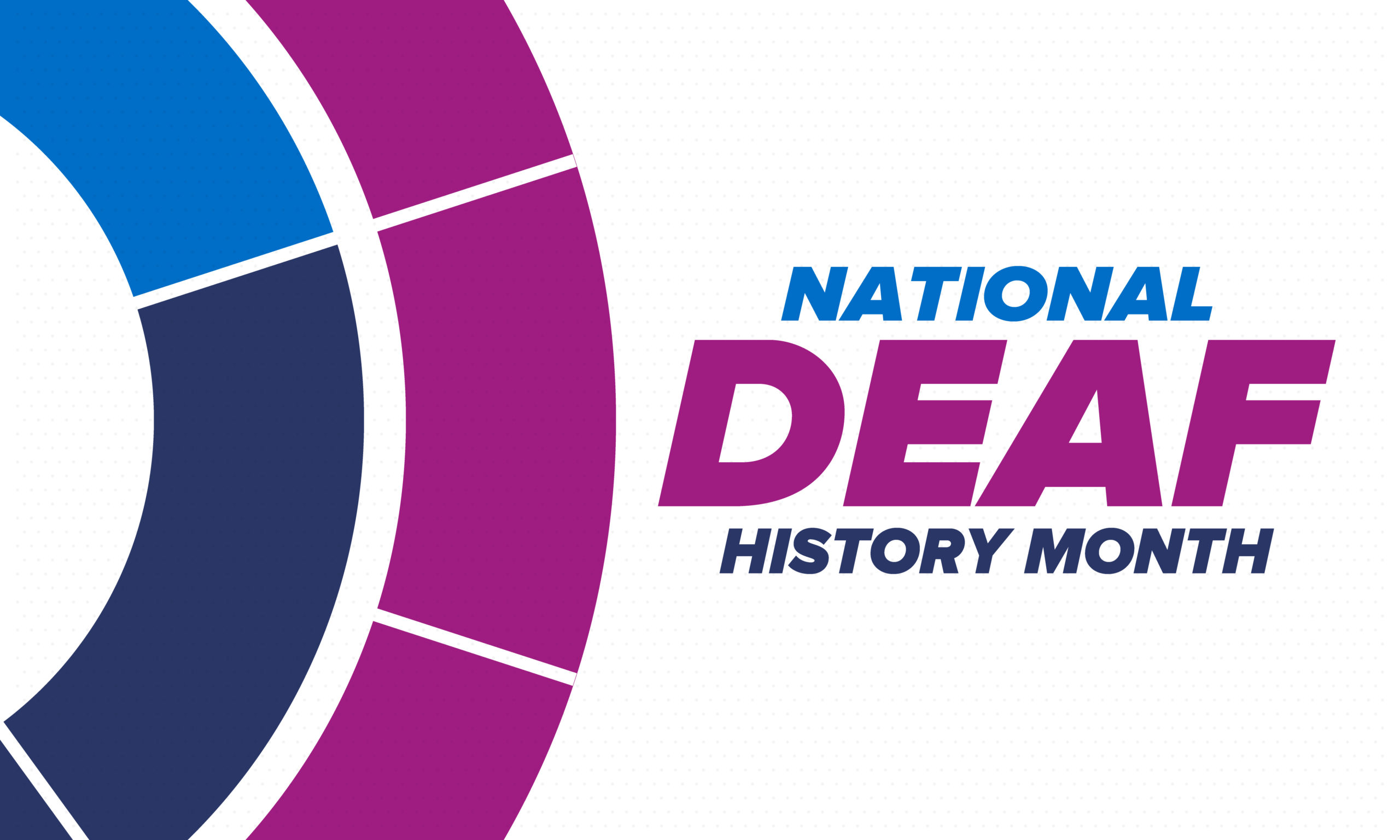Insights
all insights
Deaf History Month: The Origins of American Sign Language
Martha’s Vineyard is a well-known vacation spot off the coast of Massachusetts, particularly for those in the “upper crust” of society, but did you know that it also played a major role in the development of American Sign Language?
From the early 18th century to 1952, those on the island, both Deaf and hearing alike, were fluent in something known simply as Martha’s Vineyard Sign Language (MVSL).
It was used by people in the community to ensure that deafness did not become a barrier to participation in public life.
In fact, the use of MVSL was so prevalent, that hearing people sometimes signed even when there were no Deaf people present: children signed behind a schoolteacher’s back, adults signed to one another during church sermons, farmers signed to their children across a wide field, and fishermen signed to each other from their boats where the spoken word would not carry.
The language was able to thrive on Martha’s Vineyard because of the unusually high percentage of Deaf islanders and because deafness was a recessive hereditary trait, which meant that almost anyone might have both Deaf and hearing siblings.
In 1854, when the island’s Deaf population peaked, the United States national average was one Deaf person in 5728, while on Martha’s Vineyard it was one in 155.
In the early 19th century, a new educational philosophy began to emerge on the mainland, and the country’s first school for the Deaf opened in 1817 in Hartford, Connecticut (now called the American School for the Deaf).
Many of the Deaf children of Martha’s Vineyard enrolled there, taking their sign language with them. The language of the teachers was heavily influenced by Laurent Clerc (A French Sign Language user), French Sign Language, and many of the other Deaf students who used their own home sign systems.
This school became known as the birthplace of the Deaf community in the U.S., and the different sign systems used there, including MVSL, merged to become American Sign Language or ASL—now one of the largest community languages in the country.
Here at DSU, we recognize the importance of Deaf culture to our society and we want to remember both how and where this culture began. We also want to be part of the natural evolution of this great community and the richness is adds to our great nation.
